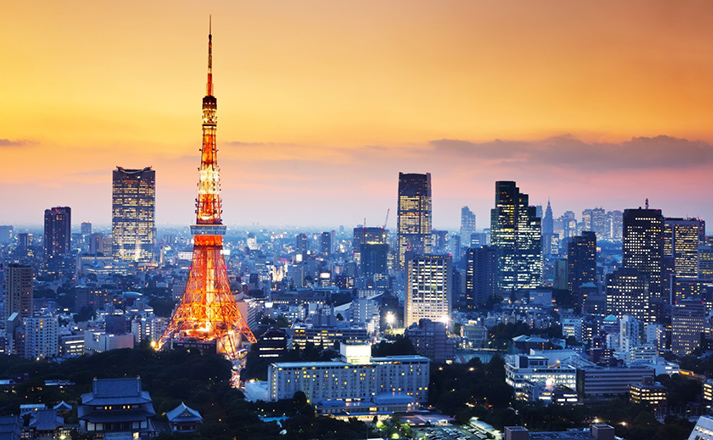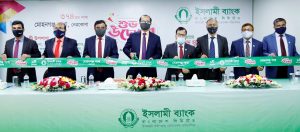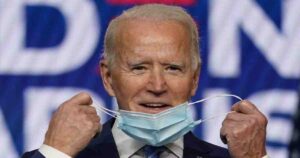Singapore – Media OutReach – 1 March 2019 – As corporate travel booms across Asia-Pacific, the concept of
• Tokyo ranks first out of 26 cities in the region for its combination of business and leisure–or
• Singapore, Sydney, Hong Kong and Melbourne join the Japanese capital as “five-star”
• Shanghai and Beijing rank higher in the
• Some smaller Australian cities stumble on aspects like
Asia’s top cities for
Rank City
1 Tokyo
2 Singapore
3 Sydney
3 Hong Kong
5 Melbourne
6 Shanghai
7 Beijing
8 Osaka
9 Perth
10 Seoul
Cities were scored out of five possible points, with scores tabulated from responses of a survey of 1,500 business travellers from around the world, asking them about a variety of factors impacting business travel, such as ease of transportation and availability of consumer goods and services. Scores were used to determine rankings as well as star groupings, with five-star cities scoring above the average and one-star cities scoring below.
Five stars Four stars Three stars Two stars One star
Tokyo Shanghai Osaka Taipei Bangkok
Singapore Beijing Perth Guangzhou Adelaide
Sydney Seoul Kuala Lumpur Shenzhen
Hong Kong Mumbai Jakarta
Melbourne Wellington Ho Chi Minh City
Brisbane Colombo
New Delhi Hanoi
Auckland Manila
One significant finding from the study is that Asia’s best cities for
The study also assesses specific aspects of the
According to Naka Kondo, editor of the report: “Cities in Asia-Pacific should take note: facilitating leisure experiences for corporate travellers can be the key to differentiating in a crowded business travel market. Some of the top cities in our
The report, including full scoring and star bracket methodology, as well as an infographic and video, can be found
(The research – In December 2018-January 2019, The Economist Intelligence Unit conducted a survey of 1,500 business travellers, sponsored by All Nippon Airways, to assess the quality of
Media OutReach Newswire newswire-reply@media-outreach.com




